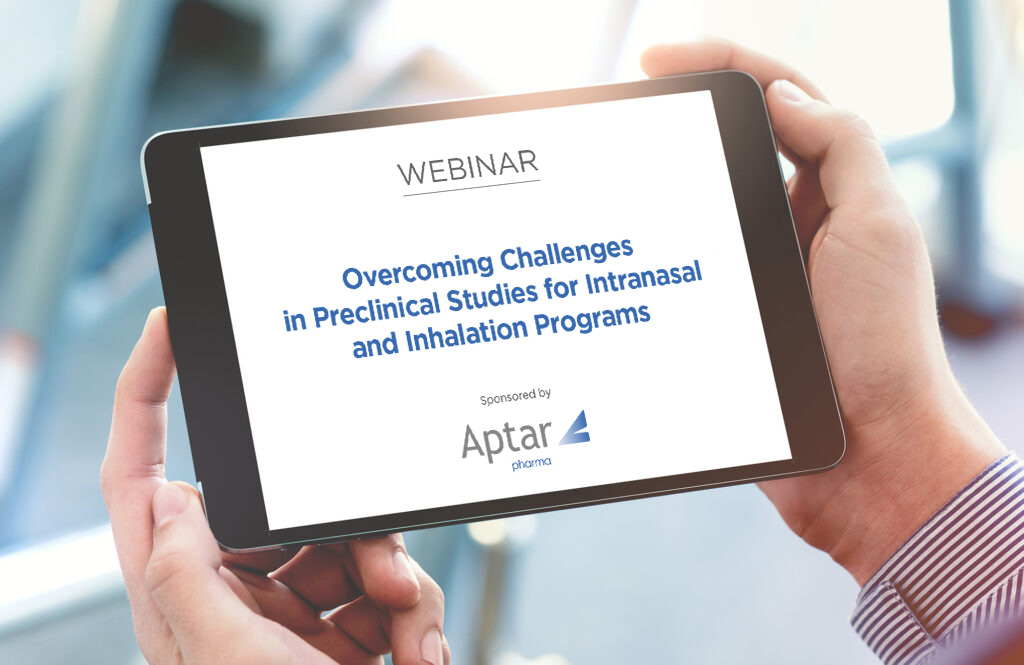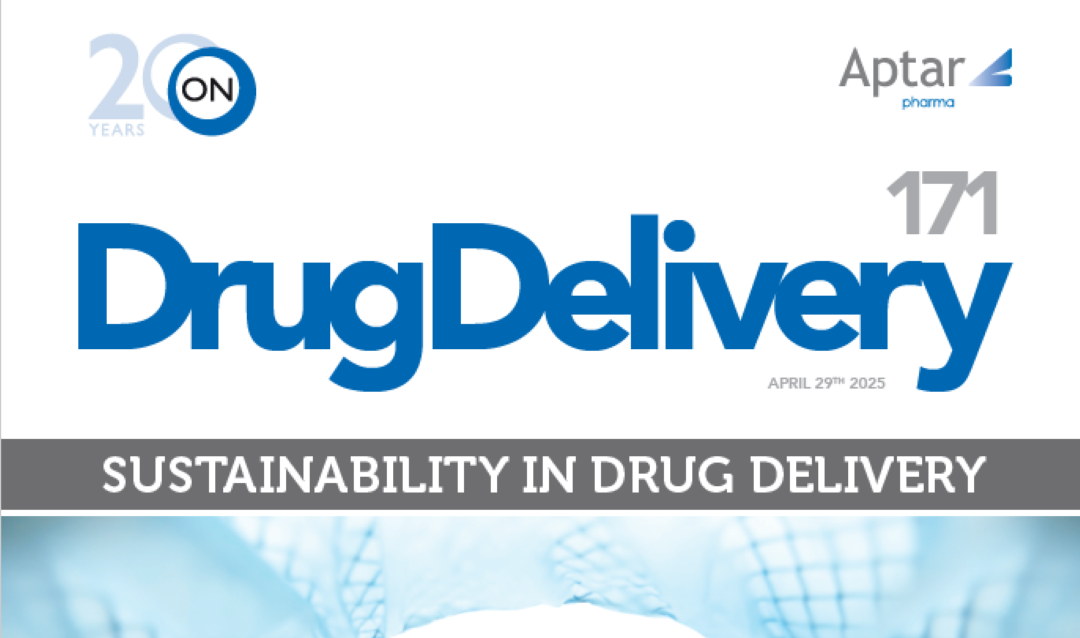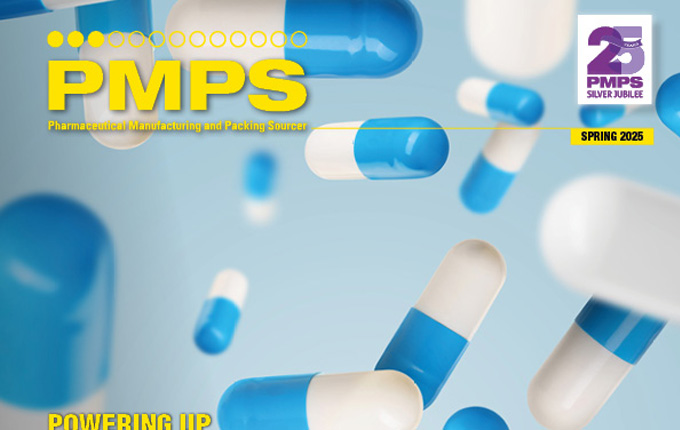Bioequivalence assessment for OIDPs is challenging and often requires costly and time-consuming clinical studies. In some cases, these studies may be insensitive to changes in dose despite measurable changes in the lung. This poses difficulties in getting generic OIDPs to patients, particularly in regulatory environments that demand a weight of evidence approach. However, advancements in in vitro techniques, such as aerodynamic particle size distribution measurement and dissolution and morphological characterization of the aerosol dose, along with in silico methods like physiologically based pharmacokinetic models and computational fluid dynamics, have expanded the available toolkit. Despite these advancements, there have been no generic OIDP approvals in the US using alternative bioequivalence approaches.
To address these challenges, a renewed approach combines advanced technologies to account for product variation, patient variation, and differences between healthy and diseased states. Two case studies are presented to demonstrate different aspects of this approach. The first case study identifies key product attributes linked to clinical outcomes, while the second case study explores how disease state differences can influence exposure in the lungs. The goal is to develop a bioequivalence approach that considers the key attributes of product performance and disease state to determine exposure at the local site of action. The next step is to develop an in silico clinical trial that incorporates all relevant information in a physiologically meaningful and drug-specific manner, providing primary in silico endpoints to assess product risk and inform decision-making.
In the first case study, a physiologically based pharmacokinetic model is used to predict systemic and local pharmacokinetics based on in vitro dissolution data. The model accounts for deposition in different lung compartments and explicitly models dissolution, diffusion, mucociliary clearance, and perfusion mass transport processes. The dissolution rates of different formulations are optimized to achieve good correlation between in vitro and in vivo plasma concentrations.
The second case study focuses on inhaled amikacin for the treatment of cystic fibrosis (CF). The study investigates the influence of the CF disease state on exposure in the lungs. Deposition and regional distribution of amikacin are predicted using functional respiratory imaging and fluid dynamics simulations. The results show that CF patients have higher deposition in the central lung region compared to healthy volunteers, but increased mucus thickness reduces the differences in exposure between the two groups.
By considering the interplay between product performance, patient physiology, and disease state, this combined in vitro–in silico approach can provide valuable insights into exposure at the local site of action in the lungs. It offers a way to bridge the gap between clinical data in healthy volunteers and therapeutic effects in patients, potentially reducing the need for large-scale clinical endpoint studies. The next stage of development is the implementation of an in silico clinical trial that integrates information from product, patient, and disease models to determine bioequivalence between test and reference products.
Learn more about Aptar Pharma Expertise
in Inhalation Drug Delivery
This Might Also Be of Interest

Overcoming Challenges in Preclinical Studies for Intranasal and Inhalation Programs
Webinars, Pharmaceutical, Innovation & Insights, Drug Delivery Innovations, Market Insights, Product Solutions

Low GWP pMDI Q&A with Aptar’s ZEN30 Futurity™ Valve Solution
Publications, Pharmaceutical, Market Insights, Product Solutions, Sustainability, Drug Delivery Innovations, Brand Differentiation

Spotlight on Emissions Reductions for A Lower CO2 Footprint in Pharmaceutical Packagi...
Publications, Pharmaceutical, Sustainability, Brand Differentiation, Market Insights, Product Solutions
Advanced Analysis of Dry Powder Inhaler Formulations for Bioequivalence
Publications, Pharmaceutical, Drug Delivery Innovations, Market Insights, Product Solutions
